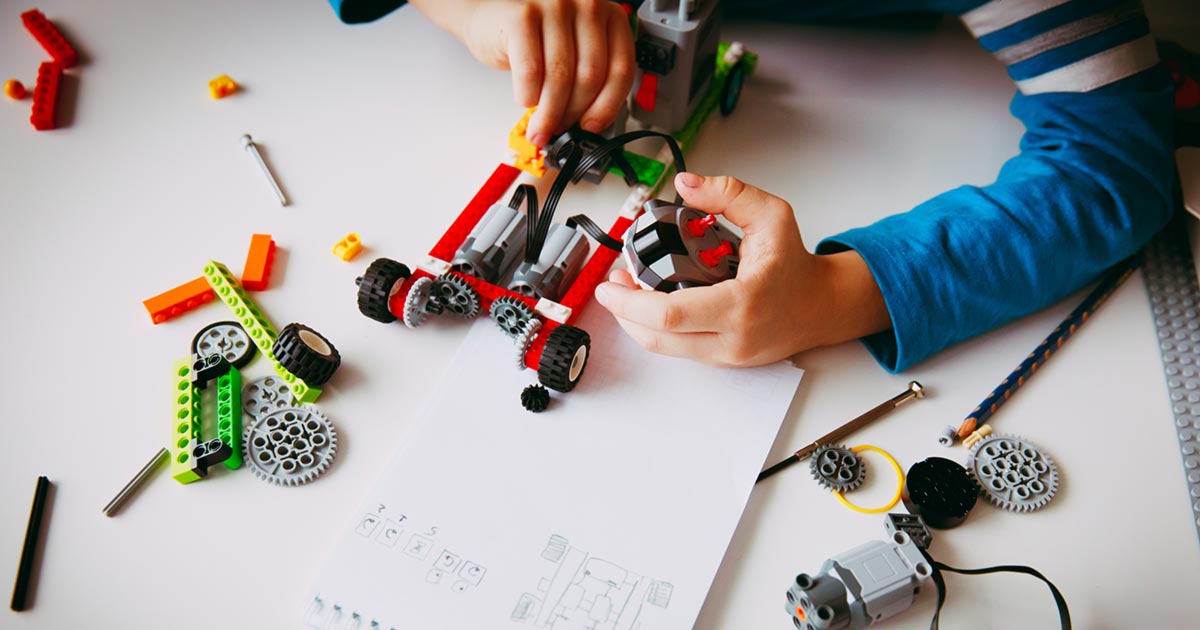
“Students will be future-ready if you give them time.” That’s the philosophy behind the 20TimeProject for schools. As a company, Google encourages employees to spend 20% of their time on passion projects that they design. The 20TimeProject, detailed in a book by Kevin Brookhouser, promotes the same philosophy for our students. The goal is to provide time for students to work on independent projects, outside of the confines of traditional content areas, schedule restraints, and the flow of a typical school day.
How “20Time” works
The idea is this: “20Time is a simple concept that any teacher can execute,” according to the 20Time Project organization. “Give students one day a week to work on a project of their choosing. What kind of project? One that serves a real audience.” Some schools set aside a block of time each day, while others devote one entire school day to this type of project learning.
Here are the steps to create 20Time:
- Generate ideas: Start with The Bad Idea Factory. This helps students generate ideas and work through the process of surfacing their project pathway.
- Plan: Have students craft a polished and in-depth project proposal, which can be done using this template. This can easily be adjusted for use in younger classrooms.
- Hold them accountable: To ensure that students make progress, utilize accountability measures. This can include things like daily or weekly vlogs, blogs, journals, or exit slips.
- Make it meaningful: Teachers can increase the meaning of student project work by building in opportunities for them to share their projects with an audience. Have students produce an elevator pitch and share their work with the local community or online. For example, students could share their research in TED-style talks that get posted on a YouTube channel.
How a Genius Hour works
Not ready to devote the kind of time involved in 20Time? Start with a Genius Hour once a week, and gradually expand the program. It can be hard to let go at first, but many teachers quickly see how letting students drive their learning builds self-confidence, allows them to work at their own pace, and increases a sense of ownership. Here are some great tips to get you started with your first Genius Hour.
“Many students come to our classrooms never having been asked what they want to learn,” says Gallit Zvi. Zvi and Denise Krebs are the authors of The Genius Hour Guidebook. They say it’s “important to spend time introducing the Genius Hour concept.” In their book, Zvi and Krebs share sage advice for pitching the Genius Hour concept to administrators, and they provide information about beginner projects and strategies for managing this new kind of classroom time. They also host a #GeniusHour chat on the first Thursday of each month at 6 p.m. PT/9 p.m. ET on Twitter.
Connecting 20Time to STEM/STEAM
In the push for 21st-century skills and STEM/STEAM learning, the skills needed for innovation and problem-solving are naturally fostered through a 20Time project model. As students learn to autonomously work without constant guidance or oversight, they become more independent thinkers and problem-solvers.
Much like the real world, 20Time projects allow students to carefully track their time, as well as monitor their own progress and growth beyond letter grades. Just as scientists can follow their progress on an experimental trial, a student can learn to manage their time, track their successes, and become mindful of what skills they are developing through more authentic, hands-on work. “20Time projects allow students to track their learning growth, which supercharges intrinsic motivation. Way more effective than grades and other carrots and sticks,” says the 20Time Project.
We all want our students to be more independent and genuinely engaged in their learning, and 20Time STEM/STEAM projects have the added benefits of STEM/STEAM education, including better preparing them for their futures and trying to decrease the STEM gender gap.
“No longer is the teacher a dispenser of all knowledge, but students must be entrusted to make learning their own,” says Gallit Zvi and Denise Krebs. “Students need to do the hard work of critical thinking, creating, and contributing.”
Resources to get started
- The 20Time Project: How educators and parents can launch Google’s formula for future-ready innovation
- The Genius Hour Guidebook
- Learner-Centered Innovation
- Empower: What Happens When Student Own Their Learning Kindle Edition
- Pure Genius: Building a Culture of Innovation and Taking 20% Time to the Next Level
Jennifer L.M. Gunn spent 10 years in newspaper and magazine publishing before moving to public education. She is a curriculum designer, teaching coach, and high school educator in New York City. She is also co-founder of the annual EDxEDNYC Education Conference for teacher-led innovation, and regularly presents at conferences on the topics of adolescent literacy, leadership, and education innovation.
Categorized as: Tips for Teachers and Classroom Resources
Tagged as: Educational Technology, Engaging Activities, Math and Science, Mathematics, Methods and Curriculum, Science, STEAM, Teacher Leadership
